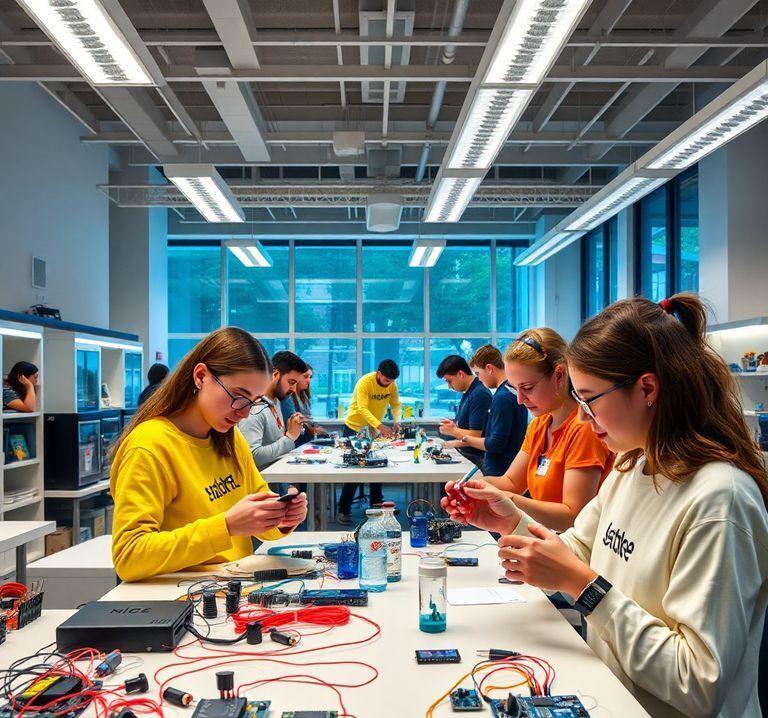Developing Wearables with Arduino: A Comprehensive Guide
10.12.2024 - Engine: Gemini

Developing Wearables with Arduino: A Comprehensive Guide
Introduction
Wearables are gaining immense popularity in consumer electronics, offering innovative ways to integrate technology into our daily lives. The Arduino platform empowers developers and hobbyists to create their own wearables using a combination of hardware and software. This blog post will delve into the necessary components, potential applications, and development process for building wearables with Arduino.
Required Components
To develop wearables with Arduino, you will need the following key components:
- Arduino board: This is the brains of your wearable, communicating with sensors, actuators, and other components.
- Sensors: Sensors capture data such as motion, temperature, light, etc.
- Actuators: Actuators control the wearable's output, such as LEDs, displays, or motors.
- Connectivity modules: These enable wireless communication between the wearable and external devices like smartphones or computers.
- Power supply: This provides the energy for the wearable and can be a battery or rechargeable power source.
Potential Applications
Wearables built with Arduino can serve a wide range of applications, including:
- Fitness trackers: Track your steps, calories, and other physiological data.
- Health monitors: Monitor vital parameters like heart rate, blood oxygen saturation, and blood pressure.
- Notifications and communication: Receive notifications from your smartphone, make calls, or send messages.
- Smart clothing: Integrate technology into clothing to provide features such as heating or cooling systems.
- Industrial applications: Monitor equipment, automate processes, or enable remote maintenance.
Development Process
Developing a wearable with Arduino involves the following steps:
- Design your wearable: Define the functionalities of your wearable and select the appropriate sensors and actuators.
- Build the hardware: Connect the components according to your schematic diagram.
- Write the code: Program the Arduino board with code that reads sensor data, controls output, and enables communication with external devices.
- Test and debug: Verify the functionality of your wearable and fix any bugs encountered.
- Enclosure and design: Design an enclosure for your wearable and add aesthetic elements.
Conclusion
Developing wearables with Arduino is an exciting and rewarding process that opens up a range of possibilities. With the right components and an understanding of the Arduino platform, you can create innovative and functional wearables that enhance your life or serve a multitude of applications. From fitness trackers to smart garments, the Arduino platform provides a flexible and cost-effective solution for developing wearables.

